Inspiring Change
Discover how Geet’s journey into wheelchair basketball became a catalyst for independence and empowerment.
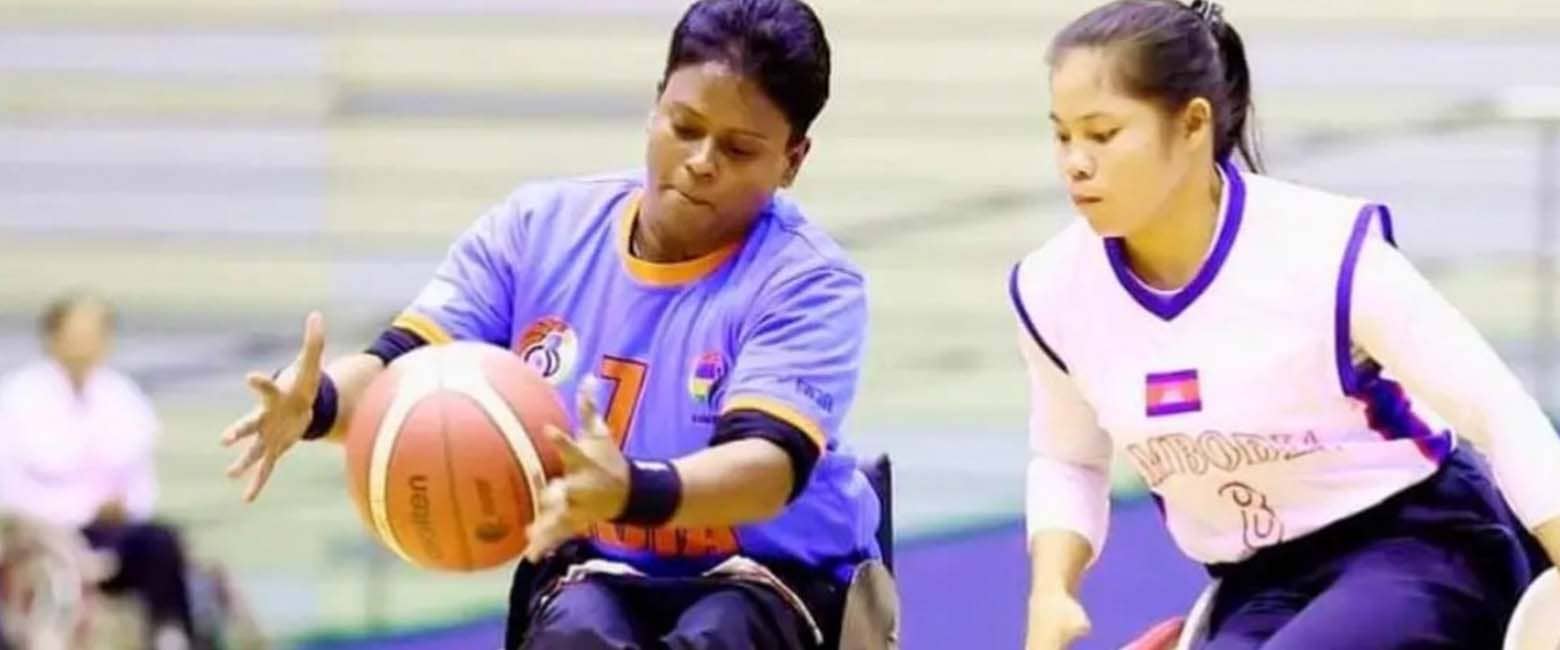
In India, where accessibility and inclusion for wheelchair users are still developing, sports can play a transformative role in fostering independence and confidence. This story sheds light on the journey of a remarkable individual who embraced wheelchair basketball, overcame numerous challenges, and now inspires others to pursue their passions, despite societal obstacles.
Question: How Did You Get Into Wheelchair Basketball?
Answer: In 2017, my friend Ravi from Uttarakhand told me about a wheelchair basketball team being started in Mumbai, Maharashtra. At that time, I had never watched para sports and knew very little about them. I reached the ground, and there were two or three coaches, and honestly, I was scared of getting injured. However, I was intrigued and decided to join. I chose basketball because I wasn't aware of other sports or para sports in general at the time.
Question: Advice for Aspiring Wheelchair Athletes?
Answer: First of all, it's great if someone is thinking about getting into sports because it's really beneficial for their health. Unfortunately, many people in wheelchairs either prefer staying at home, or their families discourage them from engaging in any activity. If a person decides to get into sports, it's a positive step because staying at home can make them dependent. Once they start playing sports, they gain independence and can do things on their own. Personally, I travel around the world without needing a family member or anyone else to assist me—I can pursue my dreams independently.
Question: How do you stay Motivated Through Challenges?
Answer: As a woman, there are days when I feel less motivated, especially during my periods. Being in a wheelchair during that time is incredibly challenging—it's hard to put it into words. But I push through it, get out there, and do what I need to do. There are countless excuses I could use, but I never let them stop me.
Question: What Are The Biggest Challenges for Wheelchair Users in India?
Answer: One of the biggest challenges is our dependence on others, especially when it comes to income. I have friends who are not educated because of their disabilities—there was no one to take them to school or college. Now, they have become dependent with no source of income. Their parents are supporting them now, but what will happen in the future? In the long term, it will be difficult. Everyone should start working, even if it's from home, so they can identify and use their talents. Unfortunately, many stay at home, so their talents go unused.
When it comes to para sports, players often don't get access to grounds because Indian ground management believes that wheelchairs will damage the fields. But that's not true—we travel internationally and use their grounds without any issues. In India, they also give us a lot of excuses because they think we won't be able to pay, which is somewhat true. It costs ₹10,000 to ₹15,000 per day, plus many of our players can't afford to travel to training grounds. Traveling to other cities by train with luggage and sports gear is tough, and using a flight becomes a bit easier.
Question: What can be done?
Answer: Changing this situation can't be done by one individual; it requires a collective effort. I've started the Mumbai Wheelchair Association with a friend, where we support individuals who are joining us and are financially weak. We have associations with Lions Club and Rotary Club, who provide us with funds and support players in need. We try to help people through this association so they can perform at an international level and bring Olympic gold to our country.
Question: Do you see any positive changes?
Answer: There's still a long way to go when it comes to accessibility in India. For example, in local trains, the gap between the train and platform is large, and the train only stops for a minute or two. During that time, it's very difficult for a wheelchair user to board or alight. Only malls are properly accessible, along with a few restaurants and some banks. Even in my own bank, before the lockdown, it was completely inaccessible. I wrote them a letter in 2019, and then two more letters after that. Only recently did they put up a ramp. People often think, "It's just one person, why is the ramp necessary?" Internationally, people in wheelchairs travel on their own and drive on their own. In India, it's more challenging to access public spaces, and sometimes even the washrooms are inaccessible. We have a long way to go in terms of accessibility in India, but we're trying, and we need a collective effort.
Conclusion
The journey into wheelchair basketball is not just about sports; it's about breaking barriers, challenging societal norms, and advocating for accessibility. Through personal determination and community support, we can create an inclusive environment where everyone, regardless of physical ability, can pursue their dreams and live independently.
Related
-
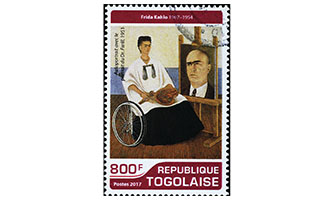
Winners on wheels
-
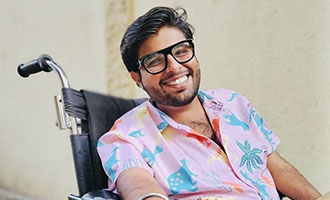
How Disabled Youth in Mumbai are Shaping Their Future with Education and Career Opportunities
-

Find Your Inspiration at Mobicrew
-
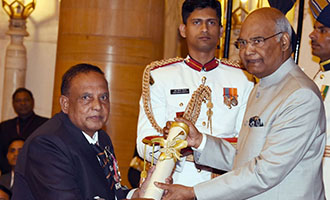
Inspiring Stories of Athletes with Disabilities: Breaking Barriers
-

Where Comfort, Safety and Compassion Meet
-

Living life on her own terms
-
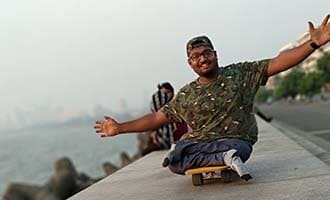
Triumphing challenges
-

Love Without Limits: Navigating Dating with a Disability
-
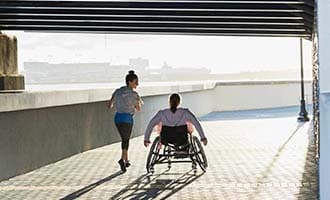
How to Promote Inclusivity for People with Spina Bifida
-

A young warrior
-

How to Support a Loved One with Spina Bifida: Tips for Family and Friends
-

Embracing Parenthood with Mobility Challenges: A Guide for Parents
-

Inspiring Journey of a Multi-Talented Wheelchair User
-
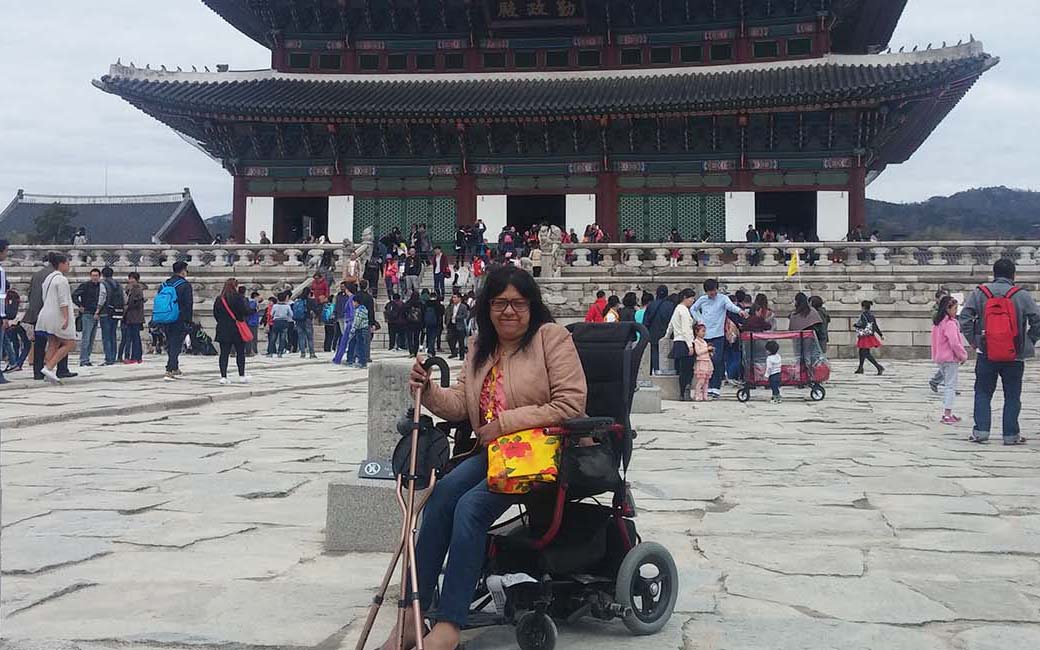
Pammu leads the way!
-
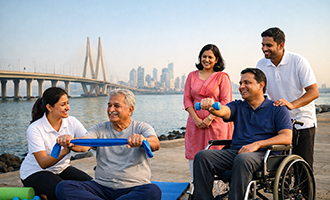
How Mumbai Is Becoming a Hub for Advanced Physical Therapy Treatment









